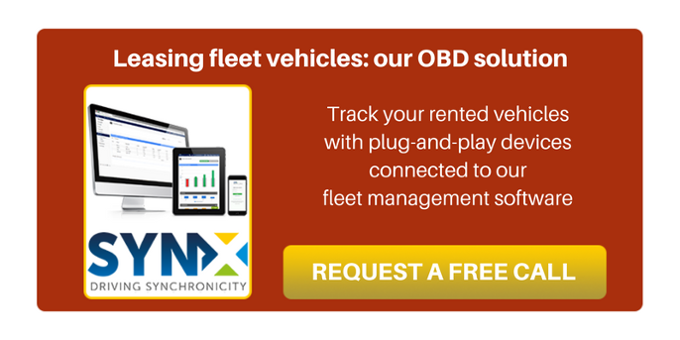
The decision to lease or own a fleet is a well-thought through choice that a transportation owner should make. Usually, the choice depends on the then finances and requirements. But a proper plan is required to gain long-term profitability. Here are few factors to consider before jumping into the leasing vs purchasing decision.
- Cost: calculate the money that you currently spend on the fleet and estimate how much you will be spending in the future for both the lease and buying options.
- Flexibility: being flexible is essential for small businesses to save a lot of money. Ask yourself if you will require the same number and type of vehicles in the future as well.
- Maintenance: maintaining the fleet is critical in the transportation industry and is unavoidable. Analyze if leasing a vehicle or buying one will be more economical.
Though leasing and buying have their own advantages for different transportation businesses, it’s better to know about them to make well-informed decisions.
Leasing a fleet
There are two main types of fleet leasing:
Open-ended leasing: Lease the vehicle for a certain period of time and extend if required. But once the contract period has expired, the vehicle becomes yours to sell. If you sell the vehicle at a higher value than the estimated cost, then the leaser gives you a refund. However, if the vehicles are sold at a lower cost, the business owner will have to pay the difference to the leaser.
Close-ended leasing: In this type, you can lease the vehicles for a specific amount of time and once it expires, the fleet has to be returned to the leaser. This type of leasing is also called, ‘walk-away lease’ as you don’t have anything to commit to after the lease period is over.
Benefits
Works for small capitals: The monthly payments for leasing a vehicle is less than the cost of buying one outright. This is a major reason for small business owners with humble beginnings to incline towards leasing the vehicles.
Lowers maintenance: Maintaining the fleet is an expensive yet essential part of your business. If you are leasing the vehicles, the leaser usually takes care of the maintenance but there is a catch in this cost-wise. If the leaser has a maintenance unit of their own the cost will be low, but if the maintenance is done by another company then costs will go up.
Goes off the balance sheet: Your debt-to-equity ratio takes a hit when the fleet is bought with a major capital expense. This will reflect badly on your company for lenders and investors. Leasing the vehicles balances out this expense over a period of time.
Brings fleet flexibility: Business requirements change from time to time and it is good for a transportation business to be flexible in the fleet that they own. Analyze the trends season-wise, geography-wise, and client-wise to understand what type of vehicles and their quantity is required for your fleet.
Opens gate for new vehicles: It’s not possible for any transportation business to keep updating their vehicle to newer models. But, you can lease the latest models that come with additional features, safety upgrade, lesser maintenance requirements, and more fuel economy.
Buying a fleet
If you are new to the industry, buying a fleet might look like a huge financial step and your capital might not synchronize with your buying plans. But, owning vehicles come with their own set of advantages.
Payments end eventually: The best part of buying your fleet is that the payments in installments too end one day. But, if you want to make an upfront payment you can always turn to small business funding options that might be more advantageous. Also, the fleet will be a way of making a solid investment for your business.
Comes with no limitation: From wear and tears to mileage, you are not answerable to anyone. But, remember that maintenance is billed under your business if you own the vehicles. Hence, educate your drivers on taking care of the vehicles and also devise a plan such that the work is distributed equally among all vehicles.
Offers tax benefits: The value of vehicles depreciate over time and this can actually help your business instead of bringing losses. This depreciation can equalize the offset profit, making you get tax benefits. In leasing the depreciation benefit lies with the leaser.
Provides positive equity: Your fleet adds equity to your business and over the years this will turn into positive equity. Positive equity means the amount your fleet owes for your vehicles becomes lesser than its value and you can reinvest this difference amount back into your company.
Managing a transport business is a challenging task involving many tough decisions and calculated judgments. Leasing or buying of fleet vehicles is one of them. Though the pros and cons of both these options are explained in detail, what suits best for your business should be your decision to make.

%2c%20what%20really%20does%20go%20into%20the%20equation%3F.jpeg??.jpeg&width=352&name=Total%20Cost%20of%20Ownership%20(TCO)%2c%20what%20really%20does%20go%20into%20the%20equation%3F.jpeg??.jpeg)

